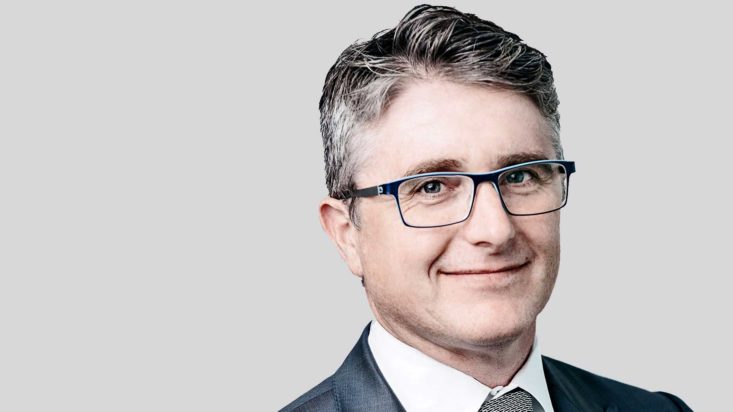Perennial proves a point with Better Future
If investors ever had any concerns about whether the Perennial ‘Better Future’ strategy was giving up any potential returns through its ESG orientation, the actual results should put them to rest.
The strategy, available through a standard unlisted unit trust, the listed active managed fund vehicle (ASX: IMPQ) and mandates on request, has averaged 14.7 per cent a year since inception in February 2018, compared with its benchmark S&P/ASX Small Ordinaries Accumulation Index return of 6.3 per cent.
Starting out with a simple index-style exclusions policy, the strategy has evolved as investor interest increased whereby the portfolio managers and analysts now also look for stocks with “real world” tail winds.
Damian Cottier, the lead portfolio manager on the strategy, and Emilie O’Neill, ESG and equities analyst, who are in the process of recruiting another dedicated team member, draw on the work of 18 other analysts at Perennial Value Management, including 12 small-cap managers.
Cottier, who has been with Perennial since 2005, started his career with law and accounting degrees from the University of NSW, working in M&A with Gilbert + Tobin in Sydney before spending a short period in Hong Kong with Baker & McKenzie and Arculli + Associates.
He says he wanted to get into funds management and liked the idea of being involved with a relatively new business, as Perennial was at the time, having been led by John Murray, the current managing director, since formation in 2000.
Cottier has worked across the large and small-cap portfolios for his 15 years, including a lot of the time with Andrew Smith, the head of smaller companies and micro caps, who joined in 2008.
The team on Better Future is particularly pleased about its latest new client because its management was looking for small-mid-cap exposure first and foremost, without necessarily seeking an ESG-focussed strategy, Cottier says.
“We are fund managers,” he says. “It’s very pleasing that there are people out there who see us that way because there is still a lingering perception that there is a cost [in foregone returns due to ESG].”
Before starting work on the Better Futures strategy, Cottier and the others took the firm’s long-running small and mid-cap capabilities and adjusted them for ESG negative screens to see what happened to performance. The results showed a “material” uptick in outcomes.
“With the Better Future Trust we want to be authentic so that people don’t get any nasty surprises,” he says. In its early days, the exclusions were based on the proportion of the investee companies’ revenue derived from the offending activities, such as tobacco and alcohol or fossil fuels. Now it uses zero-revenue thresholds from such activities in its negative screens.
“Our dual mission is to have strong positive returns while investing in things which are positively shaping a better future,” he says.
The resulting portfolio ends up with a tilt to the larger end of the small-cap universe, with an average stock capitalization of about $3 billion. The management rules allow for up to 10 per cent of the portfolio in large caps (S&P/ASX 50 stocks), although the only one currently is Cochlear.
Unlike the firm’s name and roots as a value manager, Better Future is style-neutral and currently has a slight growth bias. “We do move between the growth and defensive buckets because we are looking for medium-term upsides on a stock-specific basis,” Cottier says.
For those who still think that the ESG focus as limiting, he says: “I like to flip it around, because what we see really helps us. We have a smaller universe and we don’t waste as much time worrying about the cycle.
“It frees us up to look more deeply at the company. Not that many managers are asking companies about ESG, even now. And when they do it is often only superficial ‘box-ticking’ questions. What companies do [in ESG] tends to reflect positive things in other parts of their business.”
The portfolio of about 45 stocks currently favours healthcare (14 stocks), education, renewable energy and carbon-reduction technologies. There is a tilt to emerging healthcare, such as emerging therapies, alongside established businesses such as Cochlear.
Between 10-15 per cent of the portfolio is invested via the New Zealand Exchange, including NZ-domiciled Meridien Energy, Kathmandu, Spark NZ and EROAD fleet management systems.











